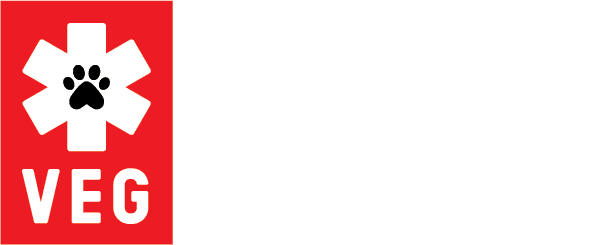IMPORTANCE OF ORAL HEALTH IN PETS
How often have you used the term, “doggie breath” as a term of endearment? Did you know this is NOT normal? A foul odor coming from your dog or cat’s mouth may be a sign that your fur baby has, or is developing dental disease.
WHAT IS DENTAL DISEASE?
Dental disease in pets happens when plaque and tartar build up on the teeth, and under the gumline. Surprisingly, the bacteria from this build up can cause major health problems for your pet as the bacteria is absorbed through the bloodstream.
Keep in mind that quite often our pets are so focused on pleasing us, they will hide the pain associated with dental disease. As an advocate for our pet’s well-being and overall health, it is up to us to know the warning signs of oral disease and how to prevent it.
WHAT CAUSES DENTAL DISEASE
The number one contributor to dental disease in your pets is DIET! Changes to your pet’s diet can help promote healthier teeth and gums.
Secondly, lack of proper oral care in your pets is also a contributor of dental disease.
SIGNS OF DENTAL DISEASE IN PETS
Think your dog or cat may be suffering from dental disease? Here are a few signs to look out for:
- Bad breath
- Discoloration, or yellowing of the teeth
- Visible signs of tartar buildup
- Loose or broken teeth
- Tooth loss (not associated with puppies)
- Loss of appetite
- Red and/or swollen gums
- Bloody gums
- Your pet will not allow you to touch his mouth area
- Weight loss
- Swallowing food whole
- Excessive drooling
- Dropping food
- Irritability and lethargy
HOW DENTAL DISEASE CAN AFFECT YOUR PET’S OVERALL HEALTH
Once the bacteria from the tartar build up enters the bloodstream, it can create major health issues and concerns for your pet.
- chronic inflammation and pain
- infection
- tooth loss (which is important for eating)
- organ damage
- heart disease, kidney disease, liver disease
- increased cancer risk
- diabetes
EARLY DETECTION
Early detection of dental disease is crucial for the long-term overall health, and quality of life for your pets. If treated early enough, it may be reversible.
However, if the damage has progressed beyond a certain point, your vet can help to create a plan to manage and try to prevent further harm:
- Know the warning signs
- Allow your veterinarian to diagnosis with x-rays
PREVENTION
Prevention of dental disease in pets can come in many forms. Dental disease typically begins to occur during the early stages of your pet’s life.
- Brush your pet’s teeth, daily
- Consider annual professional cleanings from your veterinarian
- Approved dental chew toys and dental treats
- Seek food that is lower in complex carbohydrates and sugars
- Approved rinses
- Dr. Long highly recommends feeding rice cakes (rice cakes are low in fat, crunchy healthy snacks that can help remove tartar)
TREATMENT
As mentioned above, depending on the stage of dental disease, your vet may be able to reverse the damage. Dental cleaning under a general anesthetic is really the only way to remove tartar from your pet’s teeth.
Annual visits to your veterinarian for an oral examination is the key to maintaining your fur baby’s overall health and quality of life.











